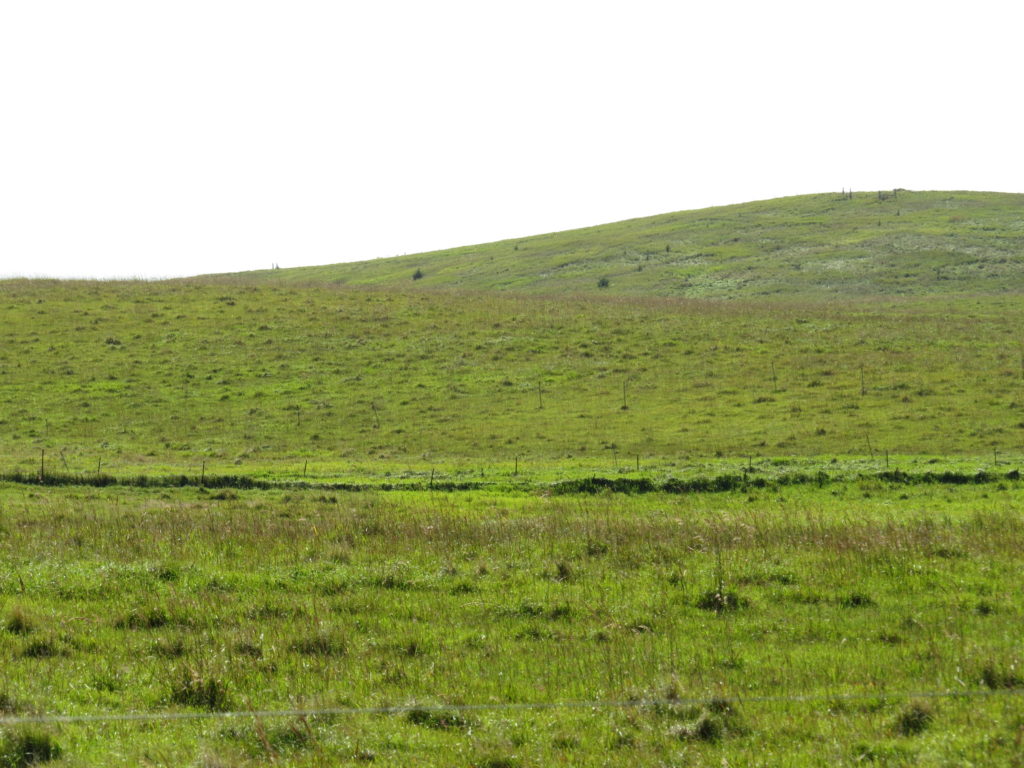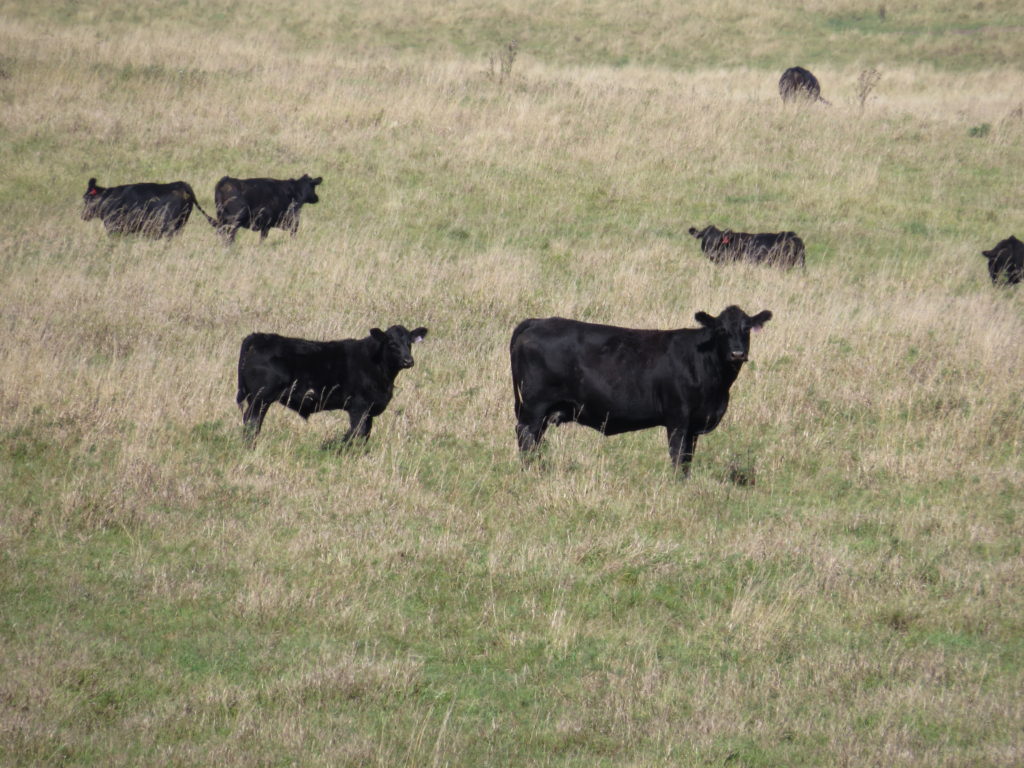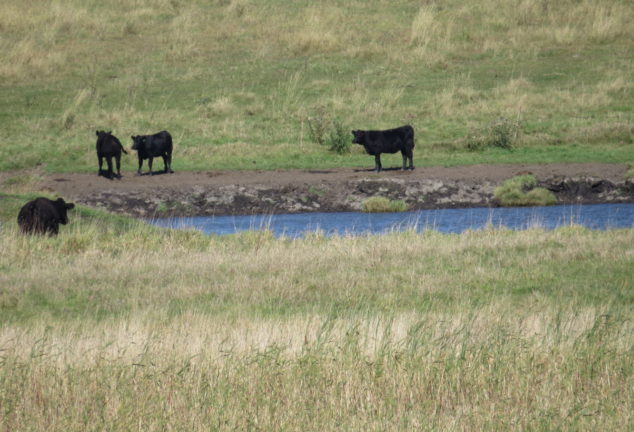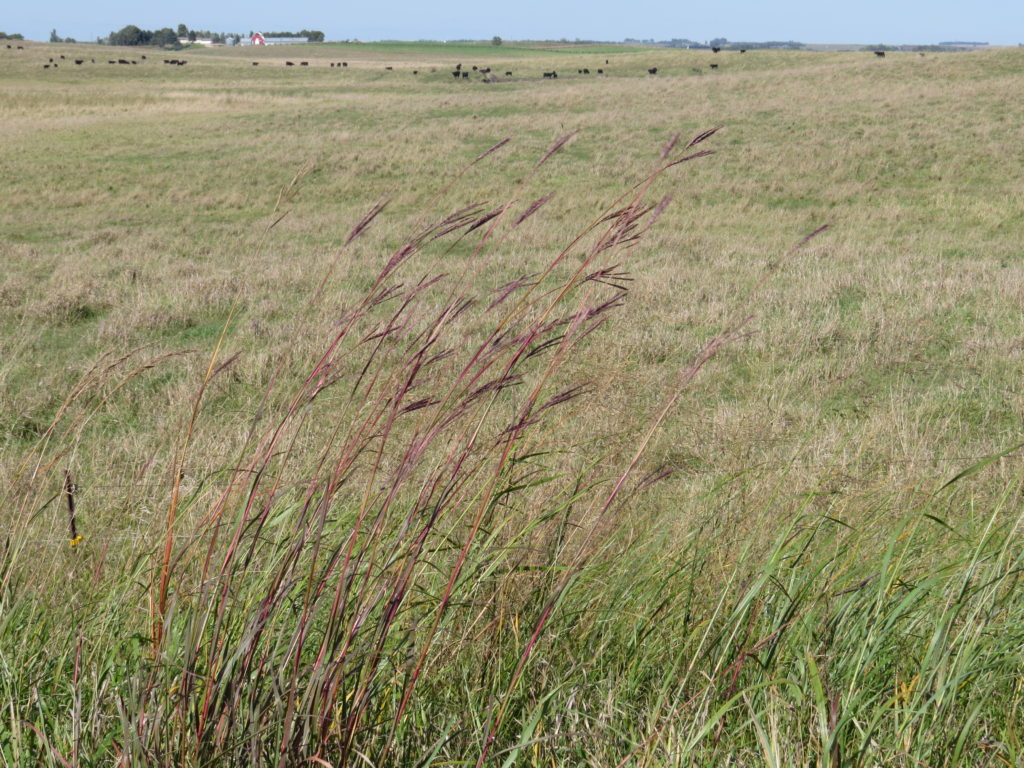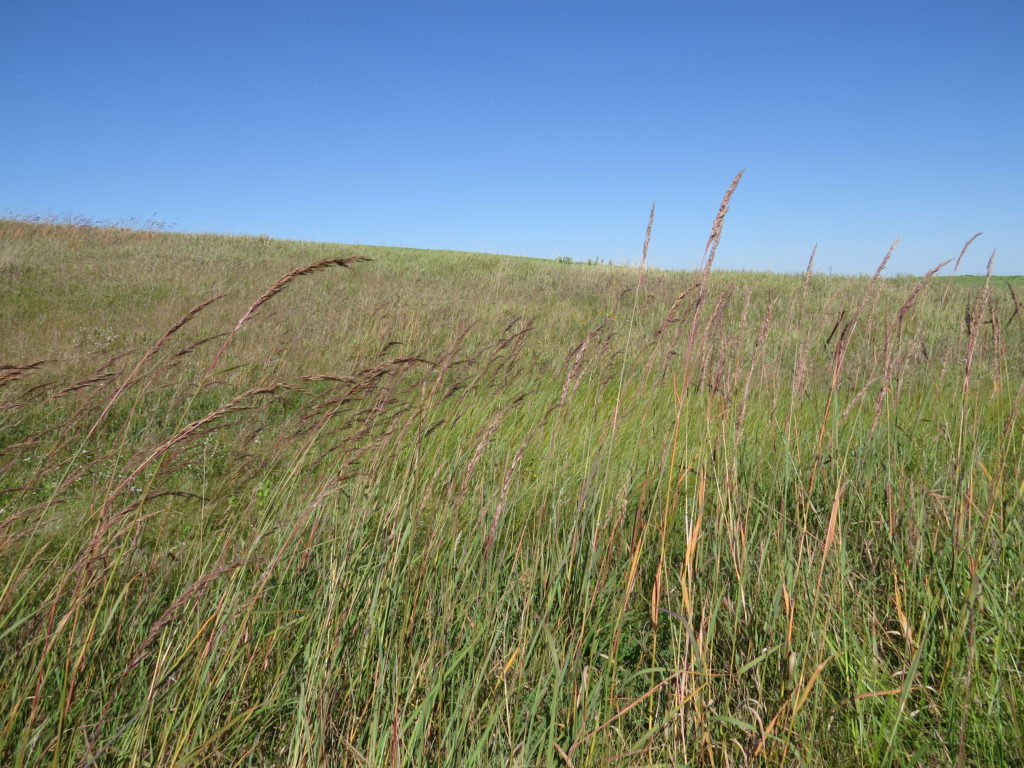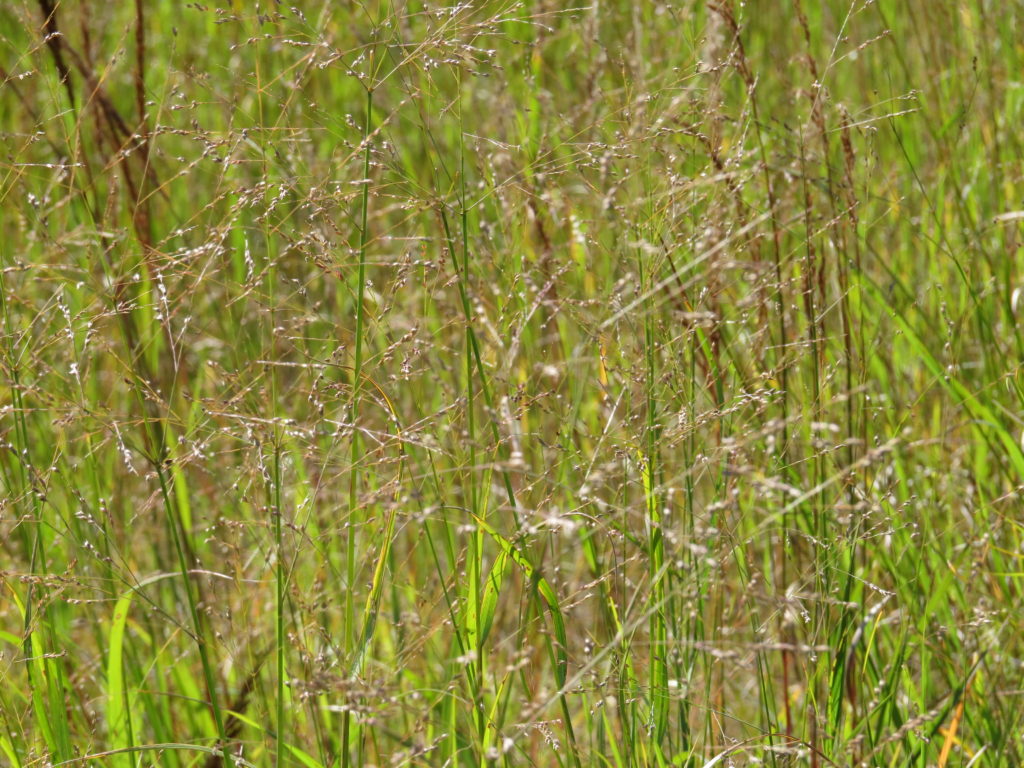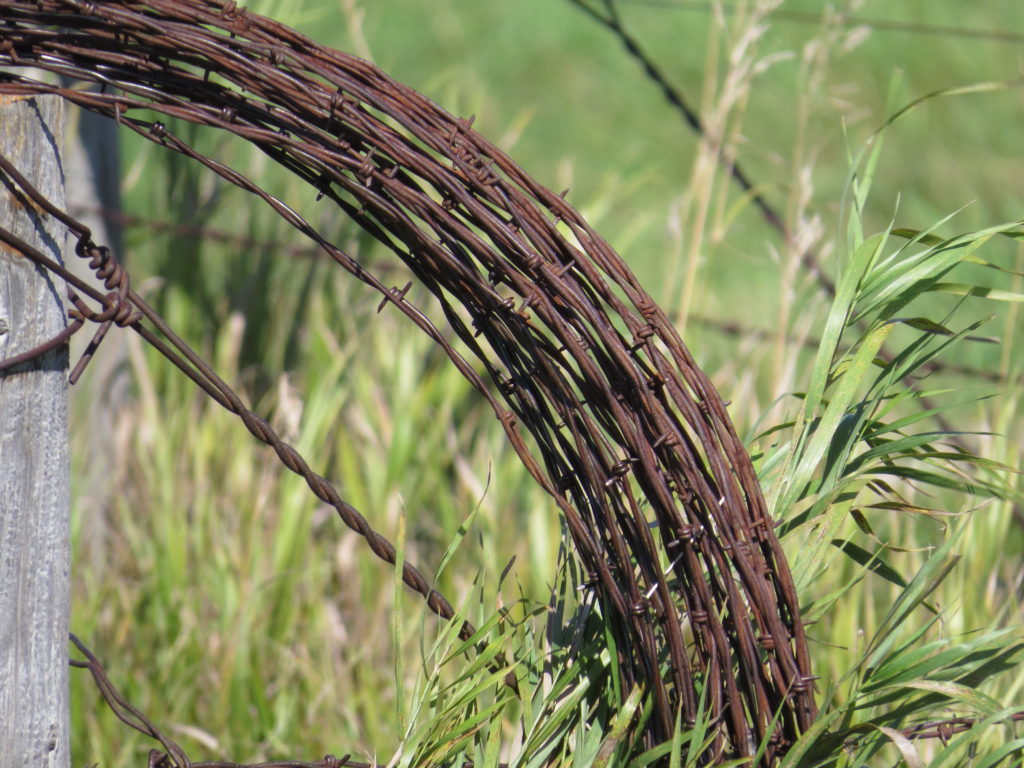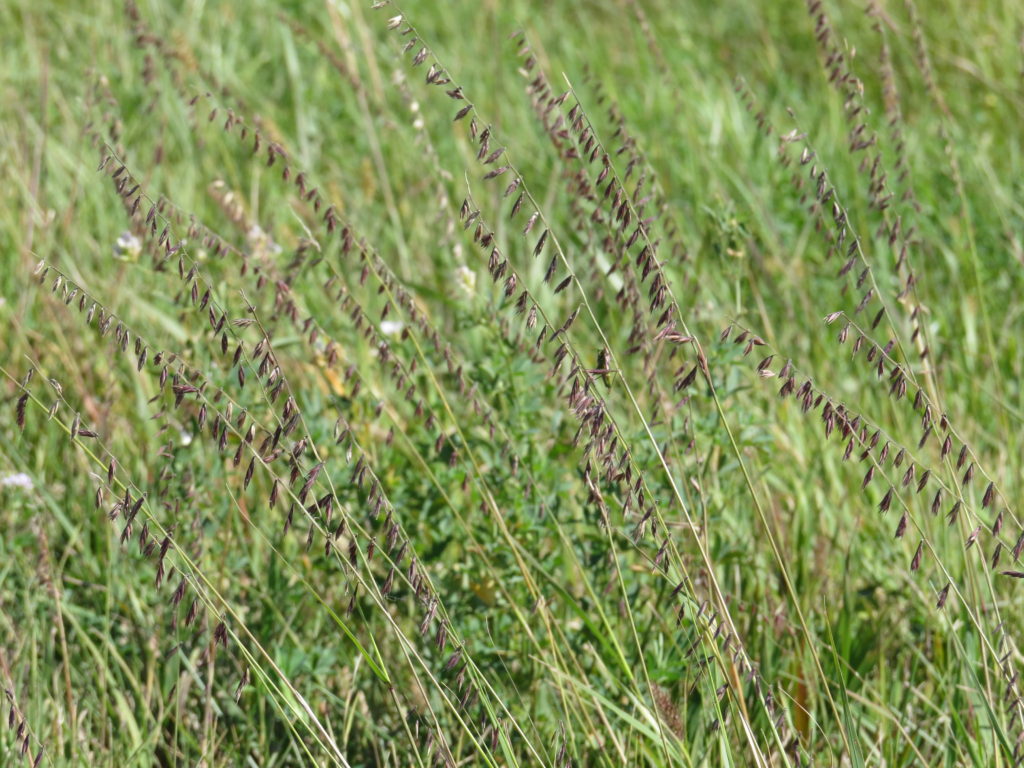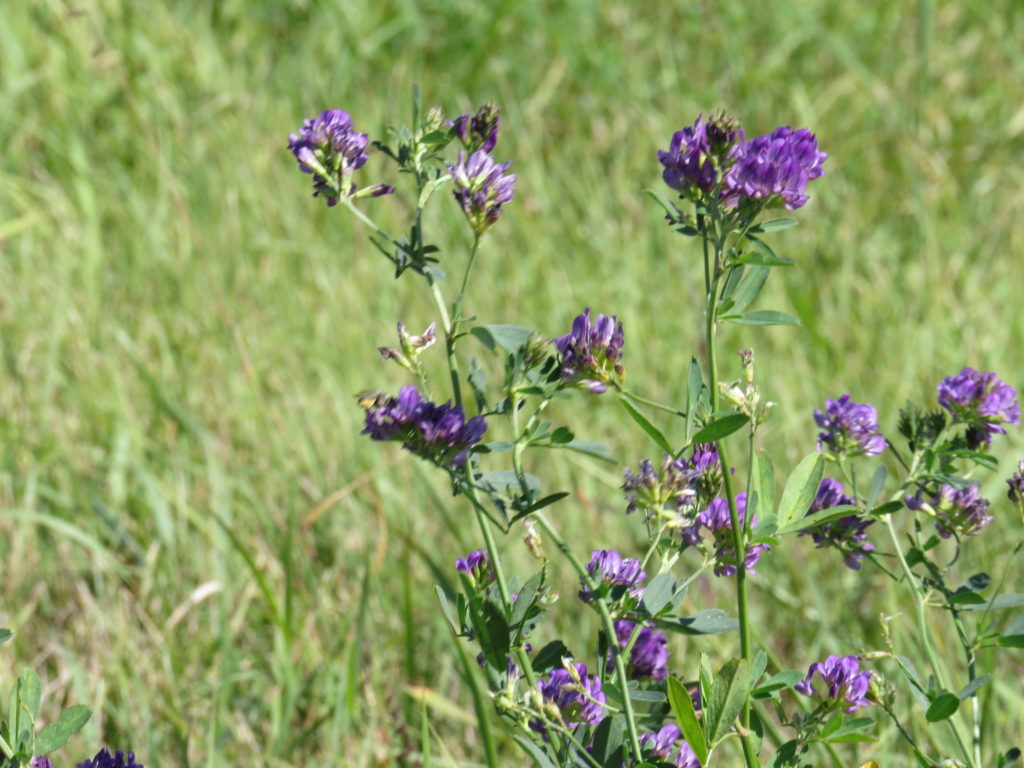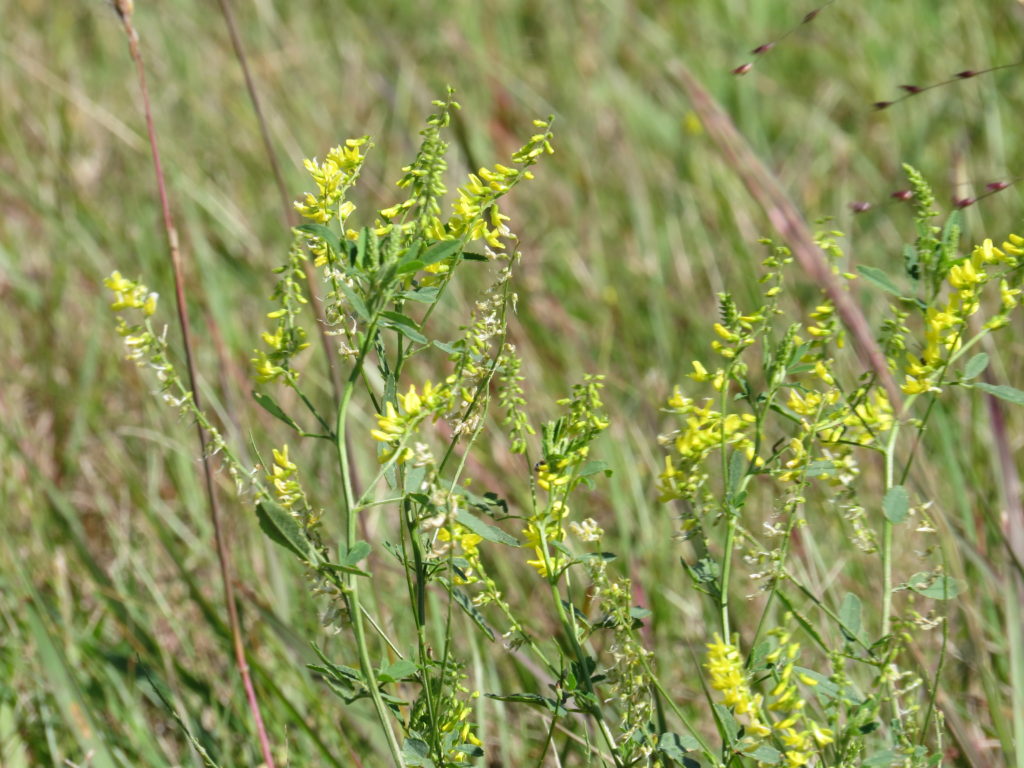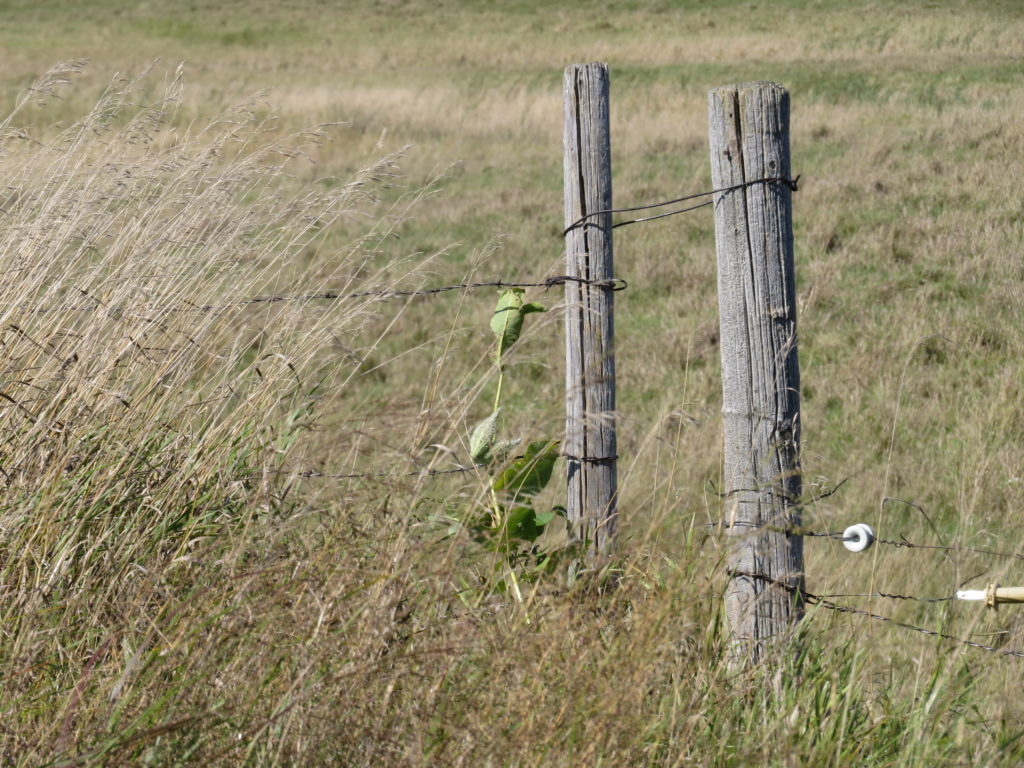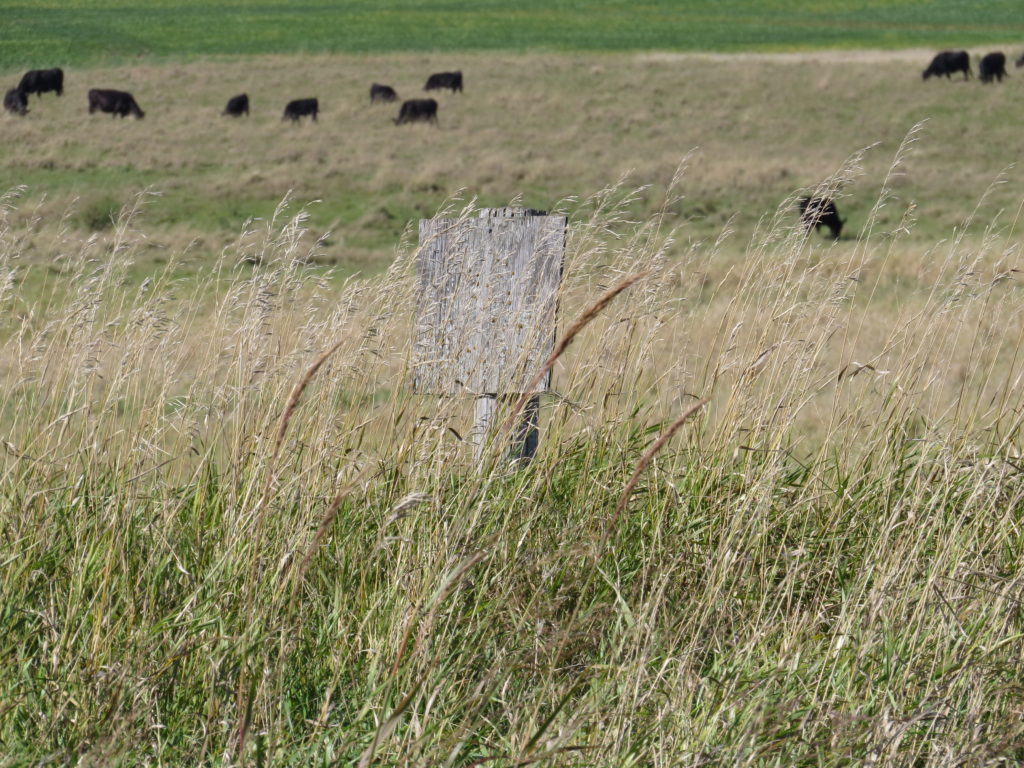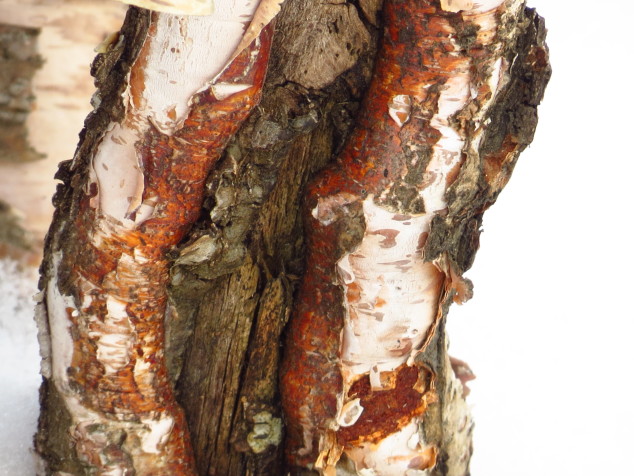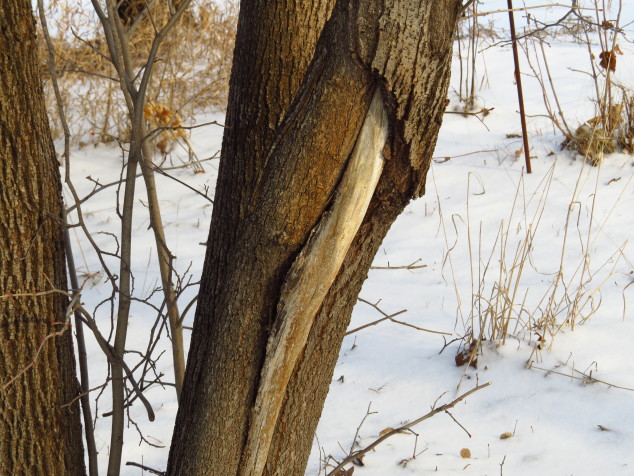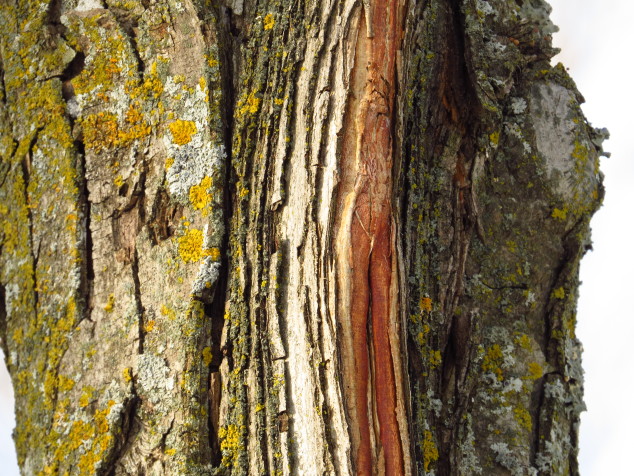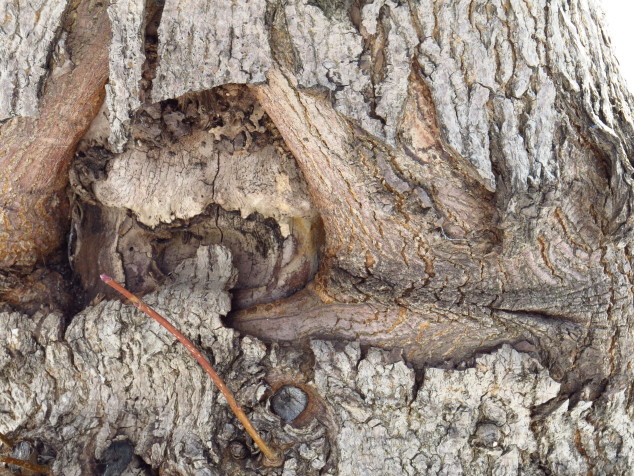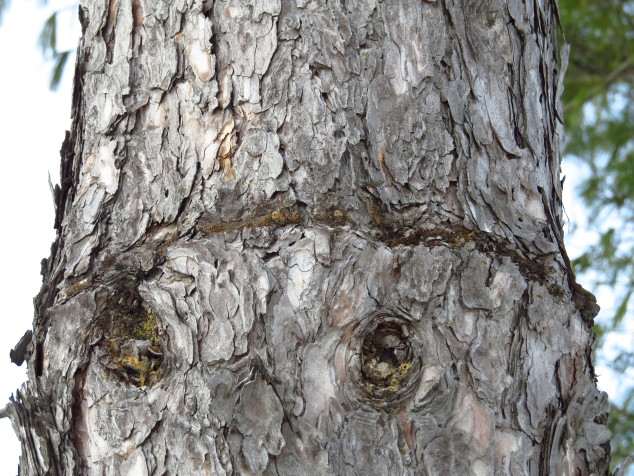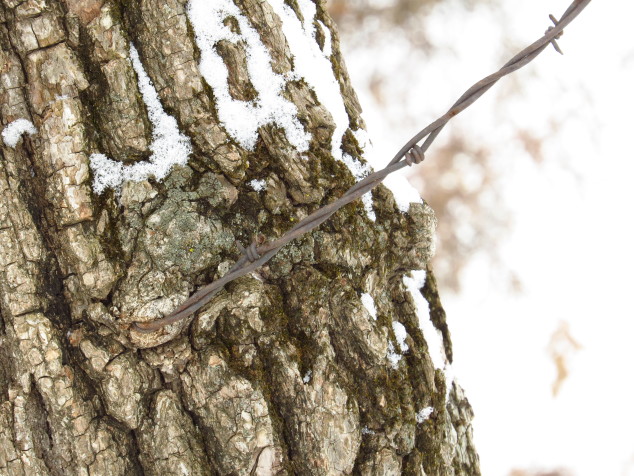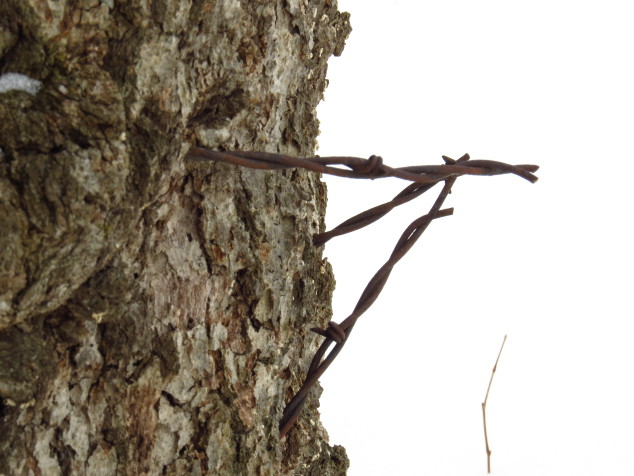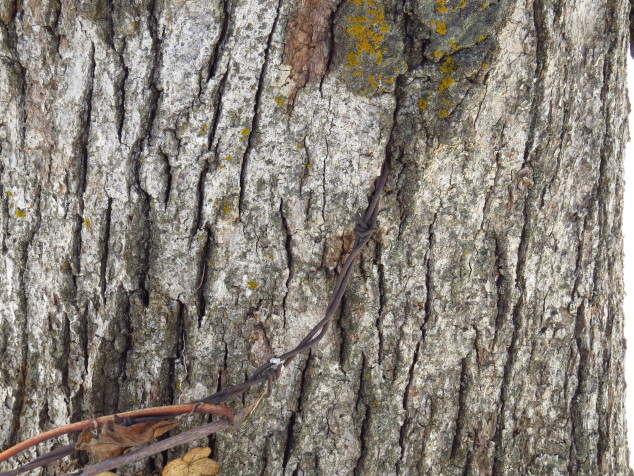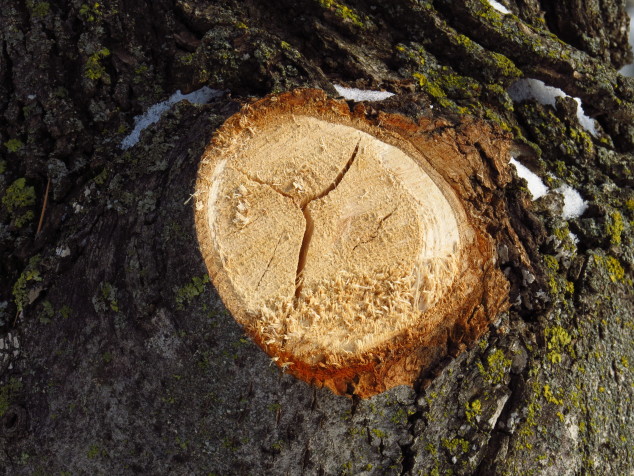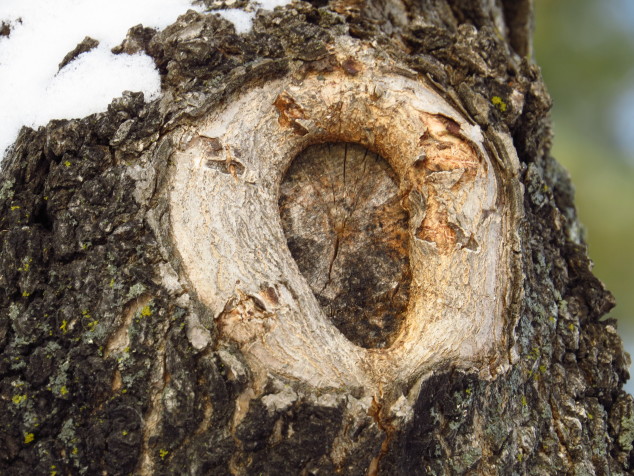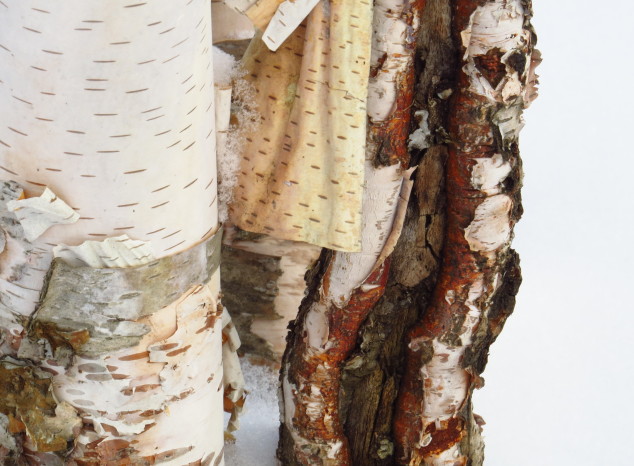I have a scar on my thumb and one on my hand where glass chards from a kitchen door window slashed through my skin. As a kid running home after getting off the bus to see who’s first in the house, it wasn’t the blood that was most unsettling—it was who was going to be in trouble when Mom and Dad found out about it. I have a few other ‘story’ scars—when a rock hit my shin when I was mowing and ended that chore for the day and one wide, repeated scar from three c-sections, all with their own ‘war story’ but with three beautiful children as the result.
I have been thinking about wounds and scars and healing since that is what we’ve been dealing with in our household the last couple of weeks after Chris had surgery. A simple wound, one without extensive tissue damage or infection, takes four to six weeks to heal, with scar tissue formation taking much longer. Our bodies are amazing healing organisms! First step, stop the bleeding and keep the germs out! (Of course with this surgery, the medical professionals inflict the wound and begin the healing process by stitching, stapling, or gluing the wound shut with all safety protocols in place.) Second step, immune cells begin to clean up the damage, waste, and any harmful bacteria from the wound. Third step, create new tissue—skin, blood vessels, new collagen frameworks, etc. to repair and mend the damage. And more long term, the fourth step, remodel the temporary tissue formed at the outset with stronger skin tissue and scar formation. Whew! Our bodies do a lot of work to heal—work that takes extra energy and building blocks (amino acids, minerals, cholesterol, etc.) beyond the process of normal, daily metabolism and renewal of cells. And one of the most important aspects of healing is rest. Our autonomic nervous system with its two branches—the sympathetic fight, flight, or freeze and the parasympathetic rest and digest—determine what is happening in our bodies on a cellular basis. The parasympathetic system is also called the rest and repair system—in order to digest our food properly and repair our bodies, we need to be in rest mode. It allows our bodies to do the ‘work’ of repair.
All of that makes me think of Autumn—the prelude to Winter. Autumn is a time when the trees and plants slip into rest mode. No more energy-intensive photosynthesis, no busy, nutrient-grabbing flower and fruit production, and no new growth that requires abundant energy and nutrients just for that. The leaves stop their work and fall to the ground. The already-formed seeds disperse on wind or water or via an animal, who nourishes its body with the fruit or seed and discards potential new seedlings. It is a time to purge in the best of ways, to gather what nourishes for future needs, and move into rest and repair.
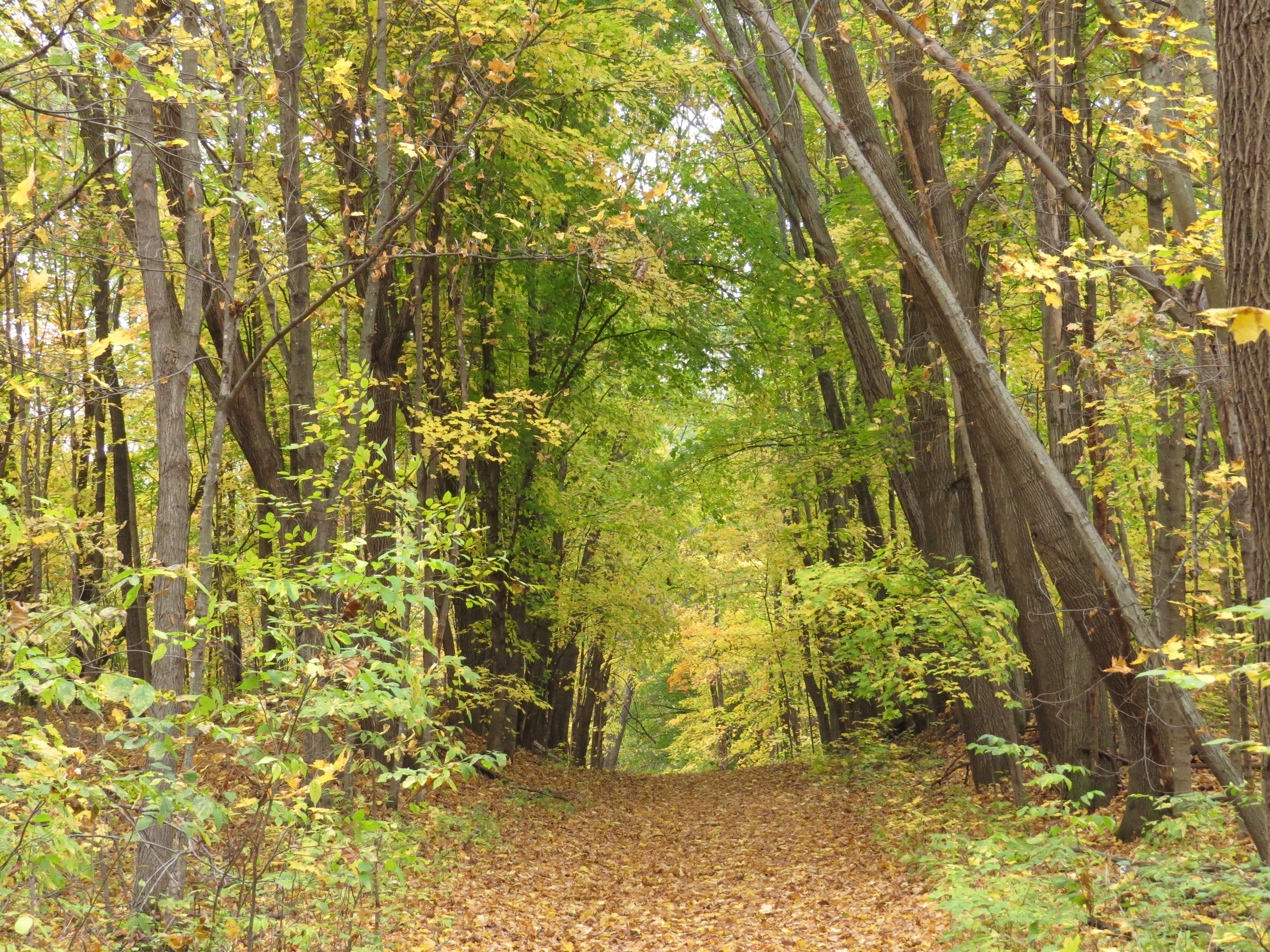
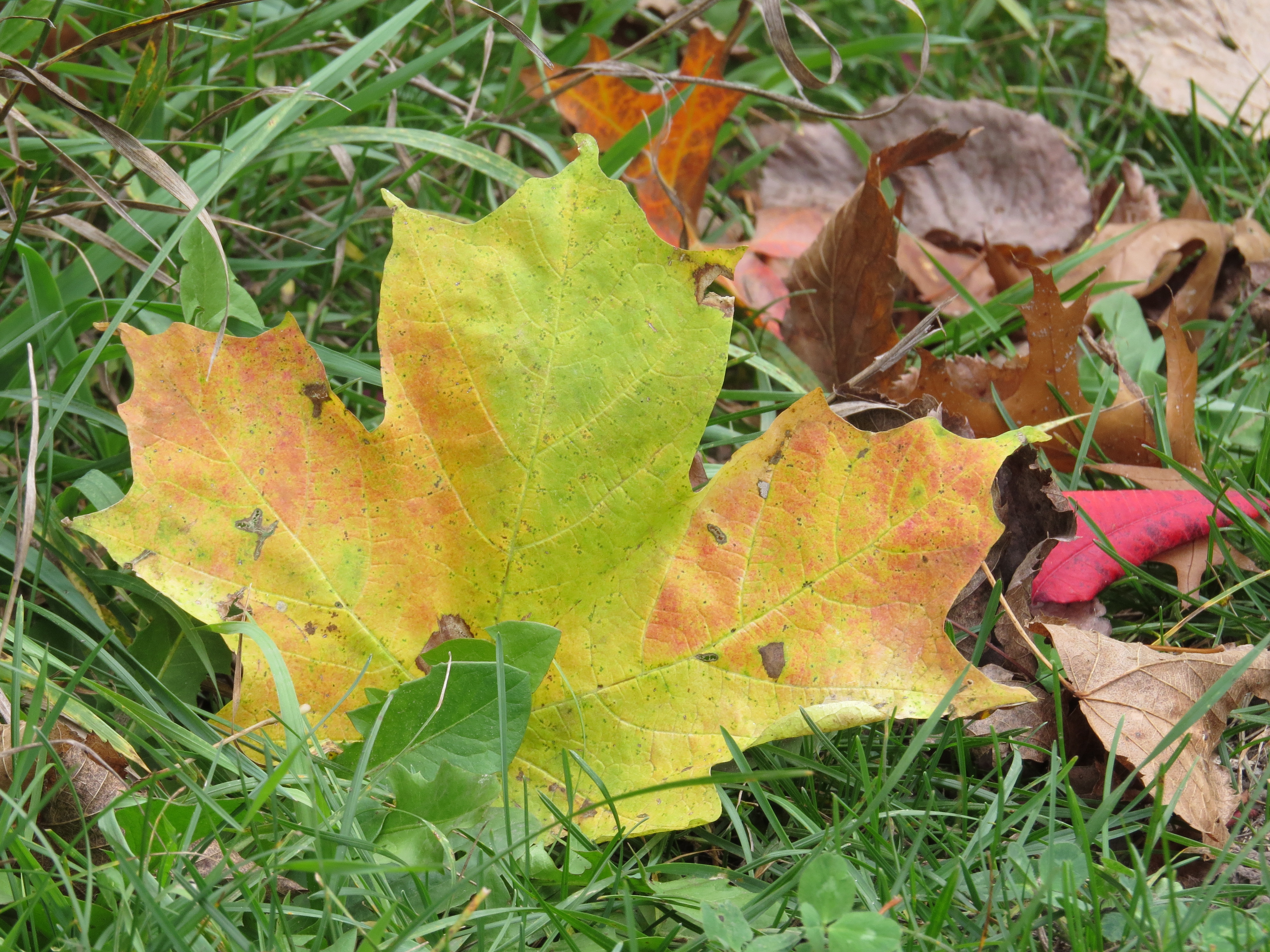

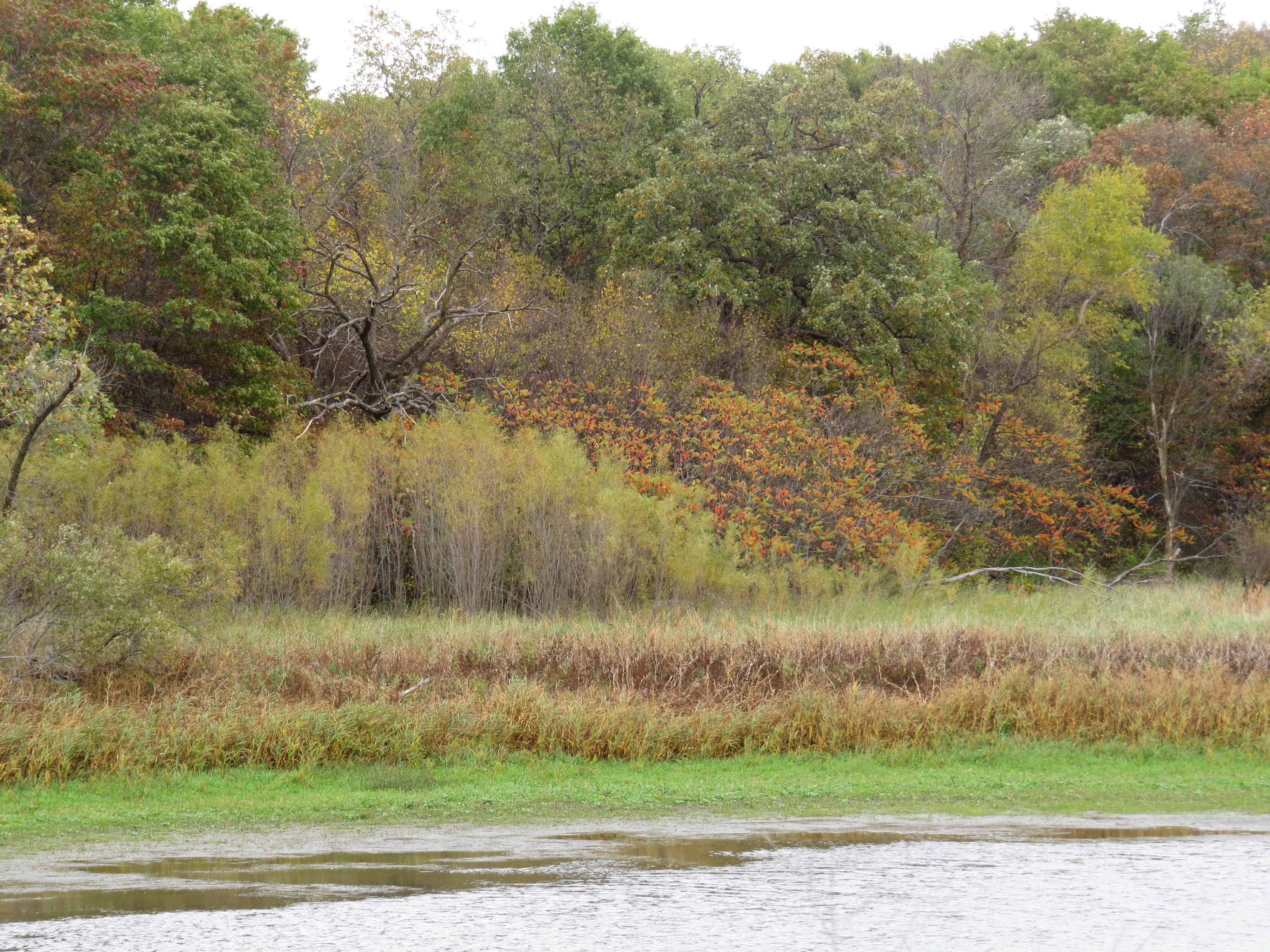
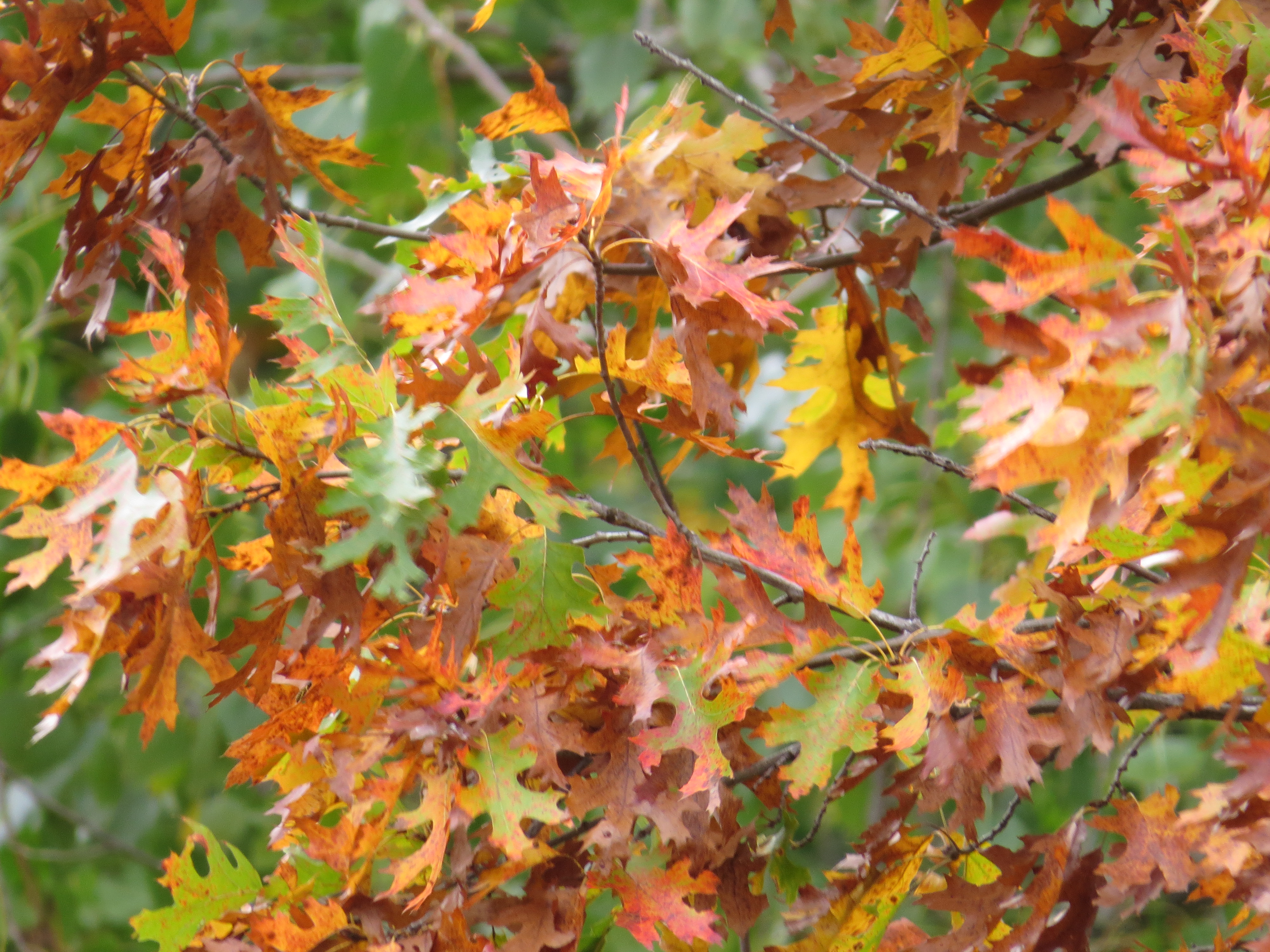
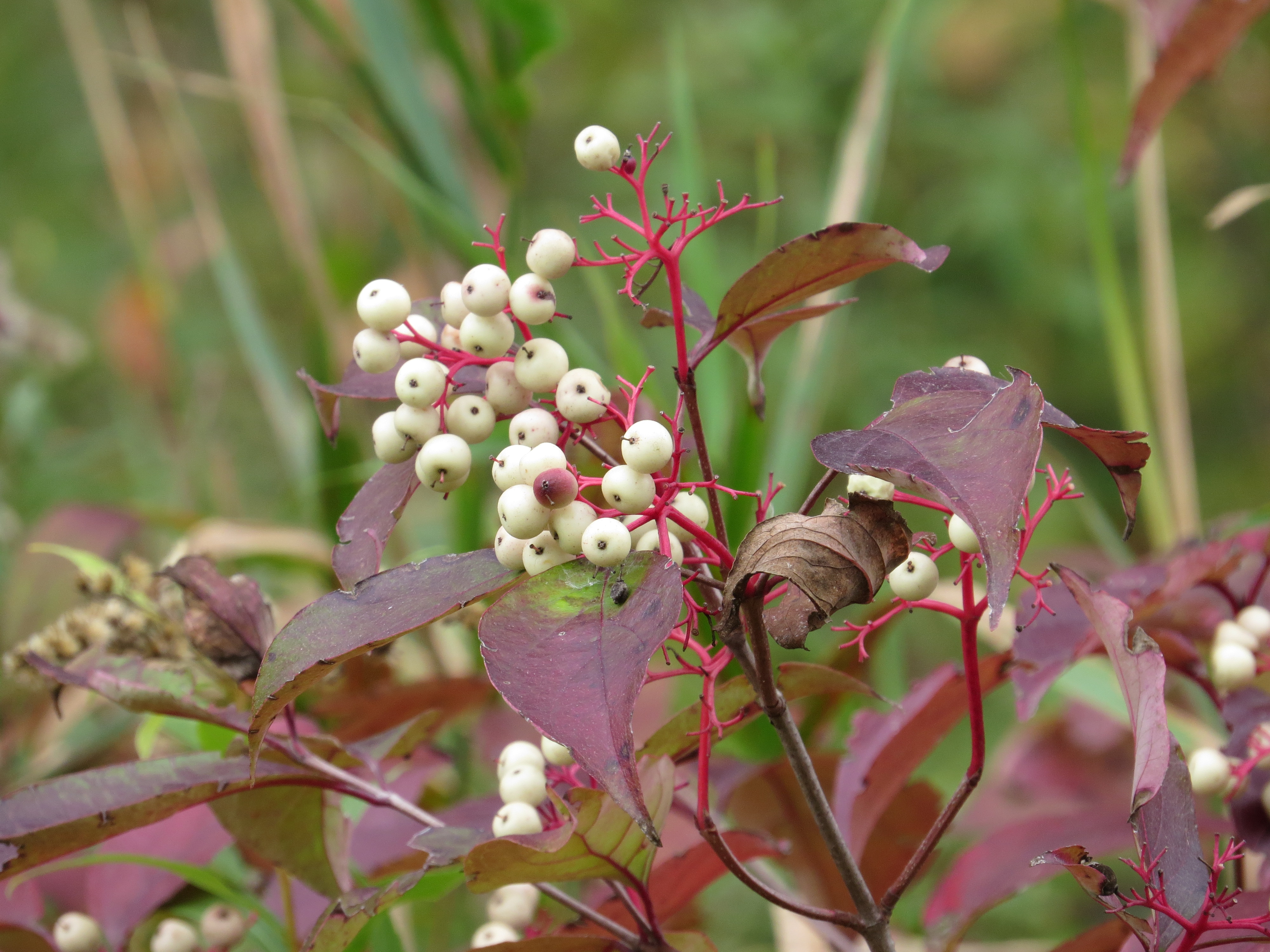
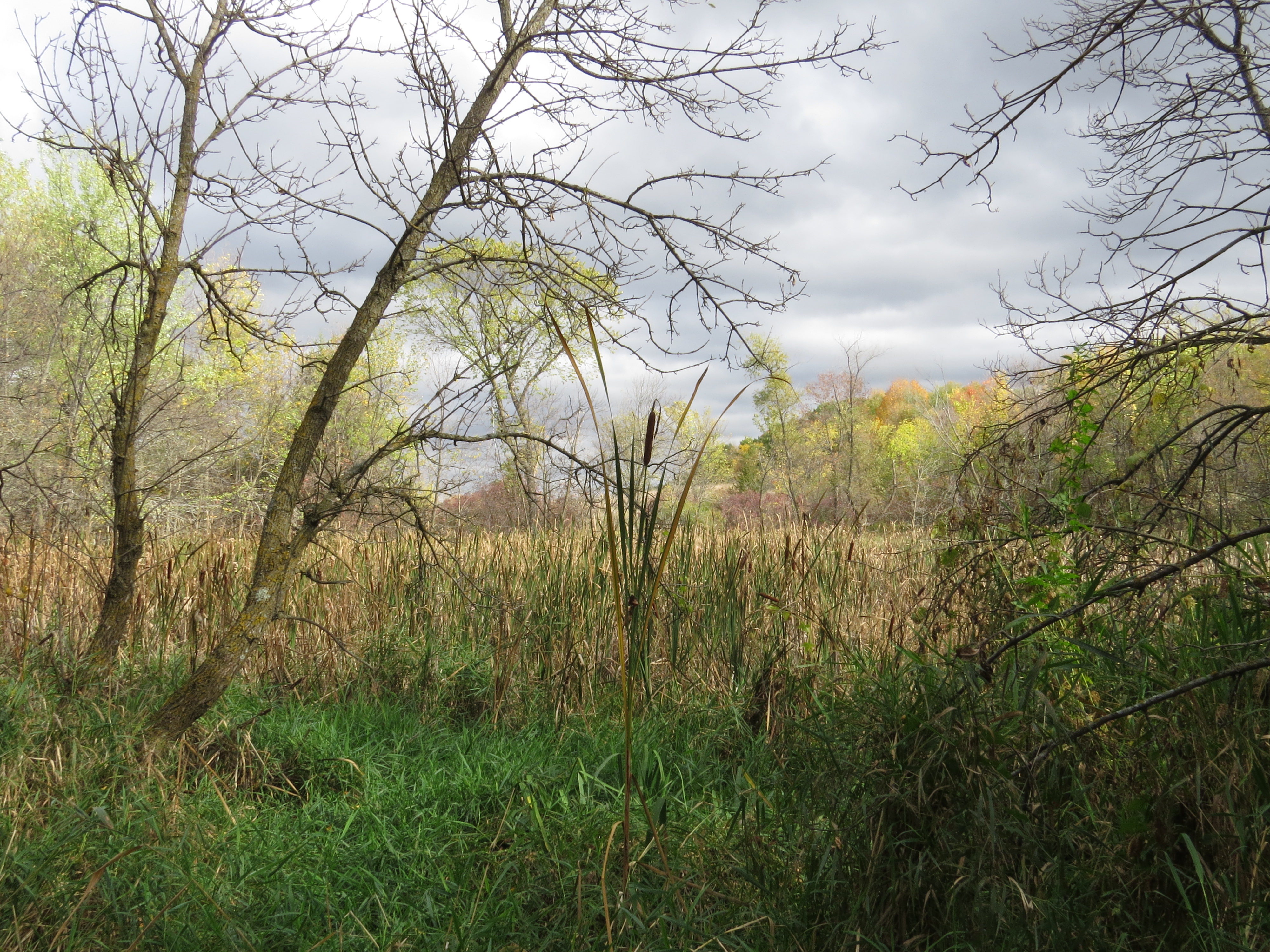
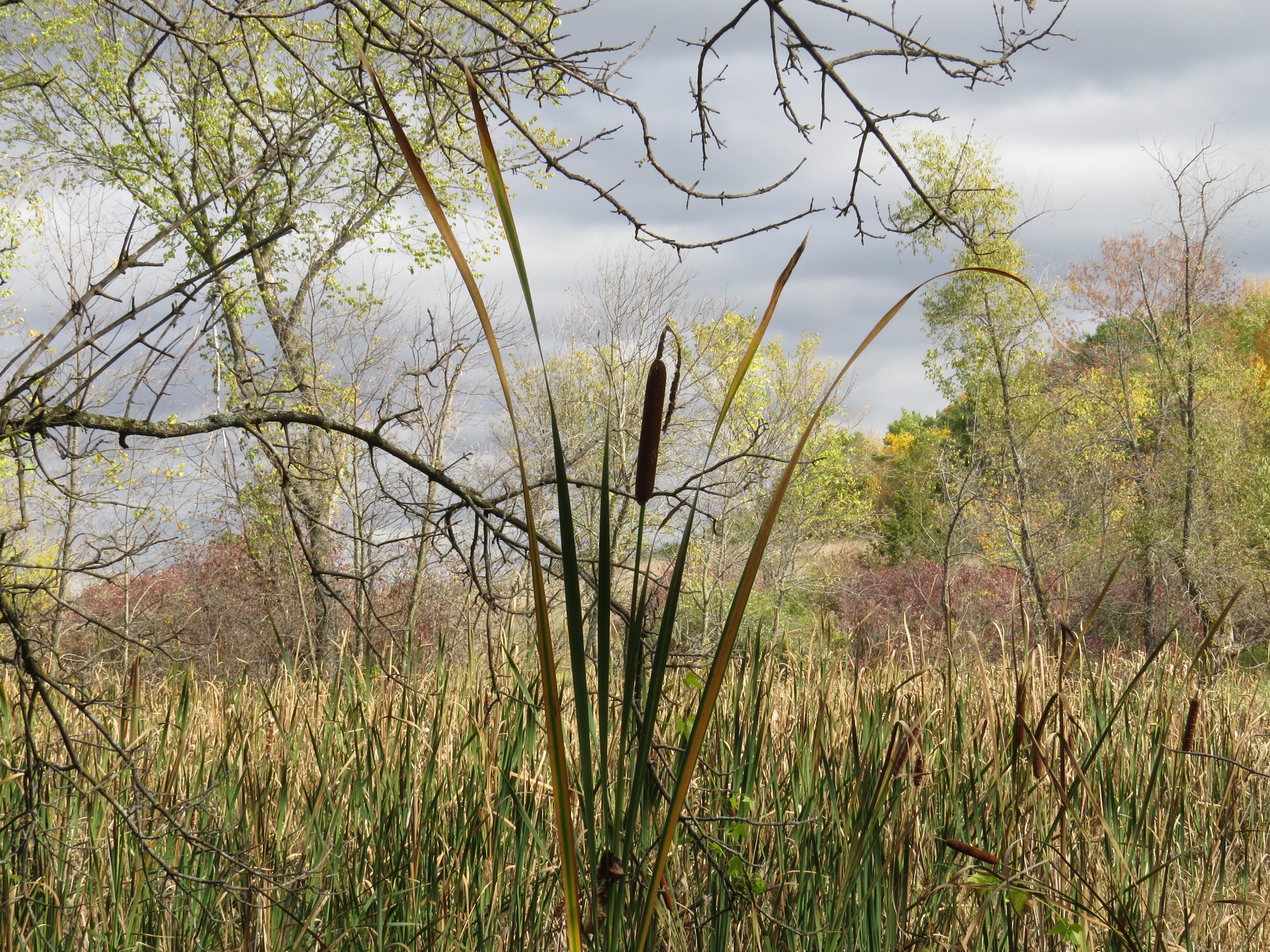
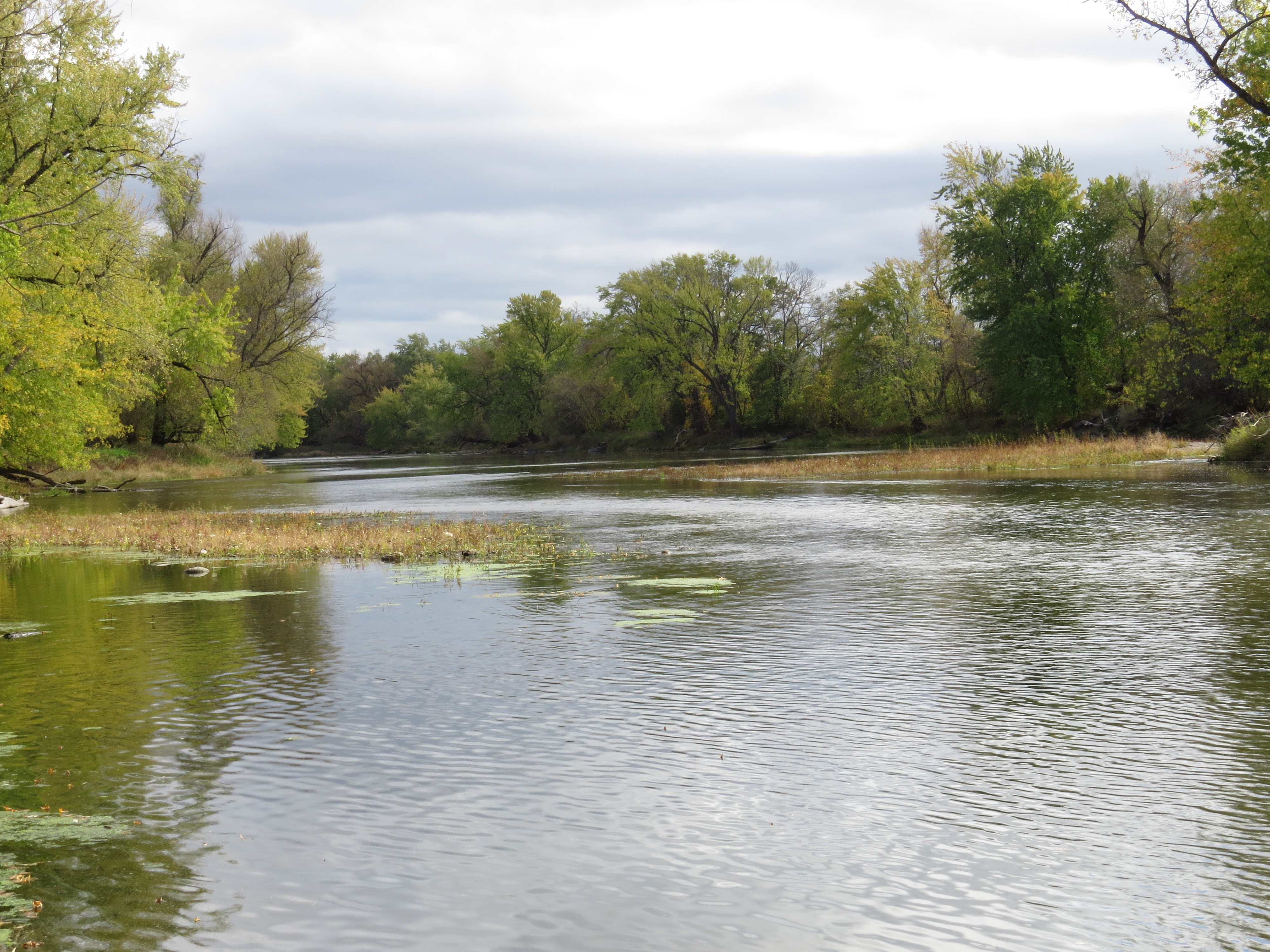
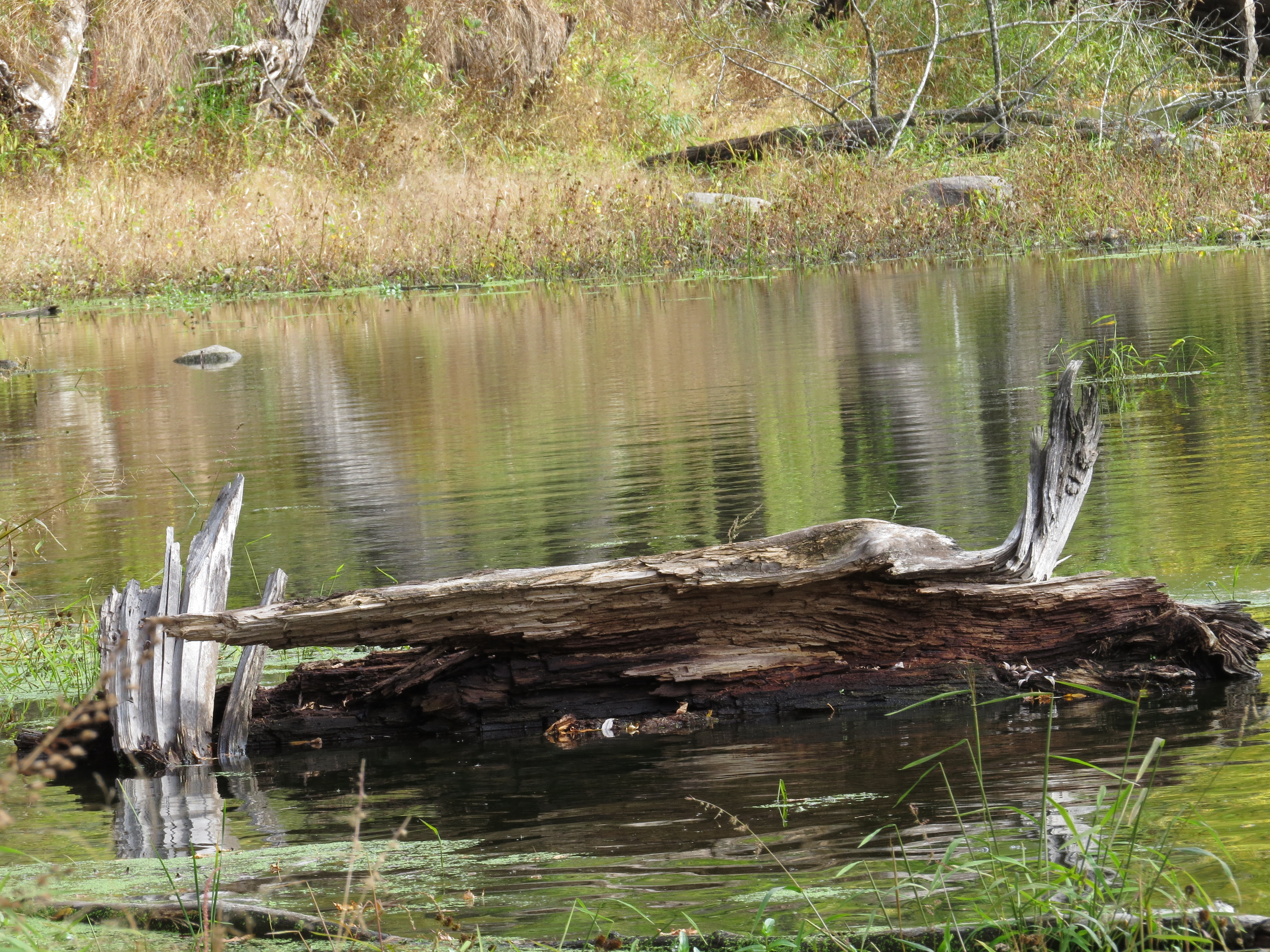

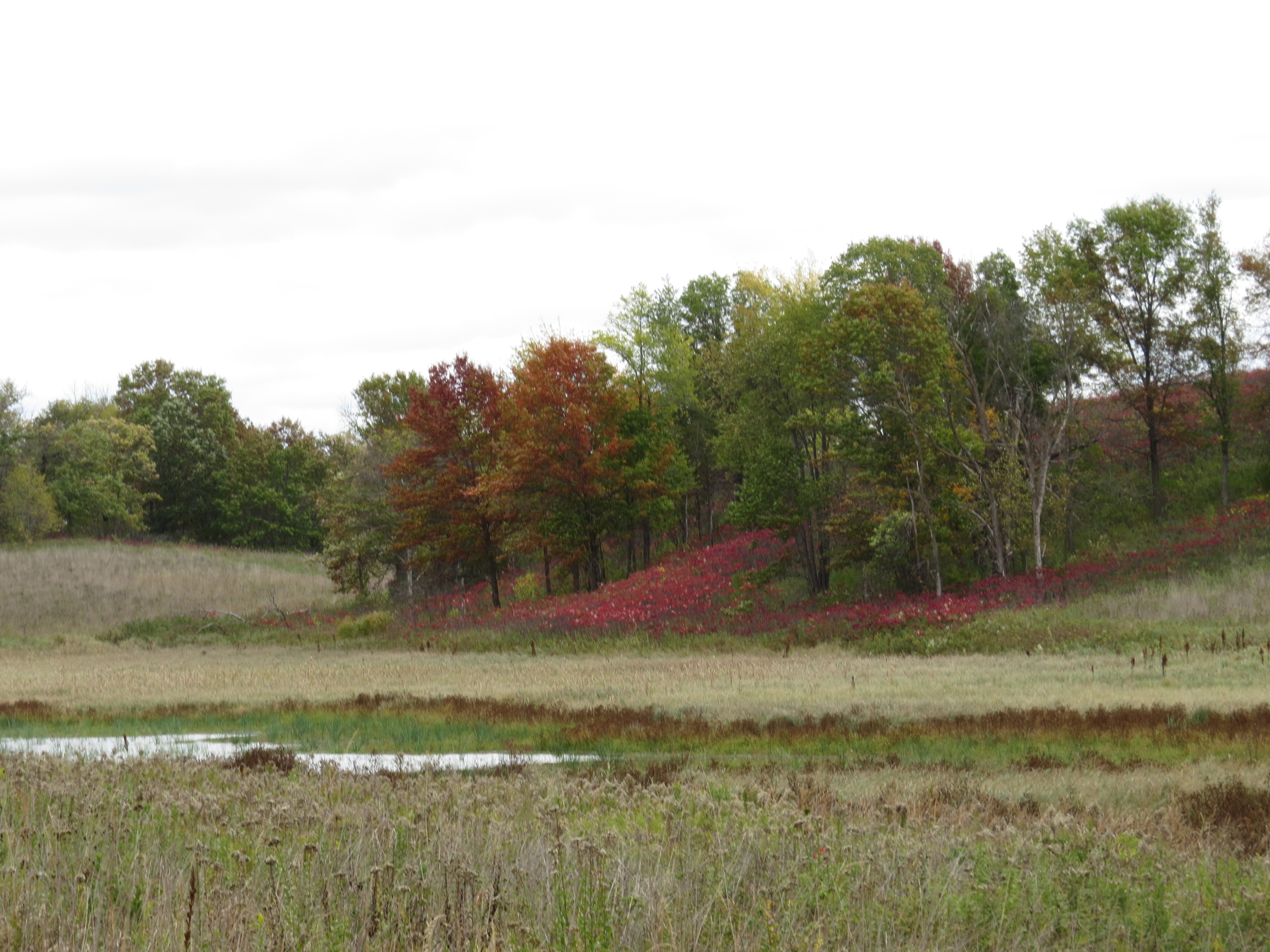
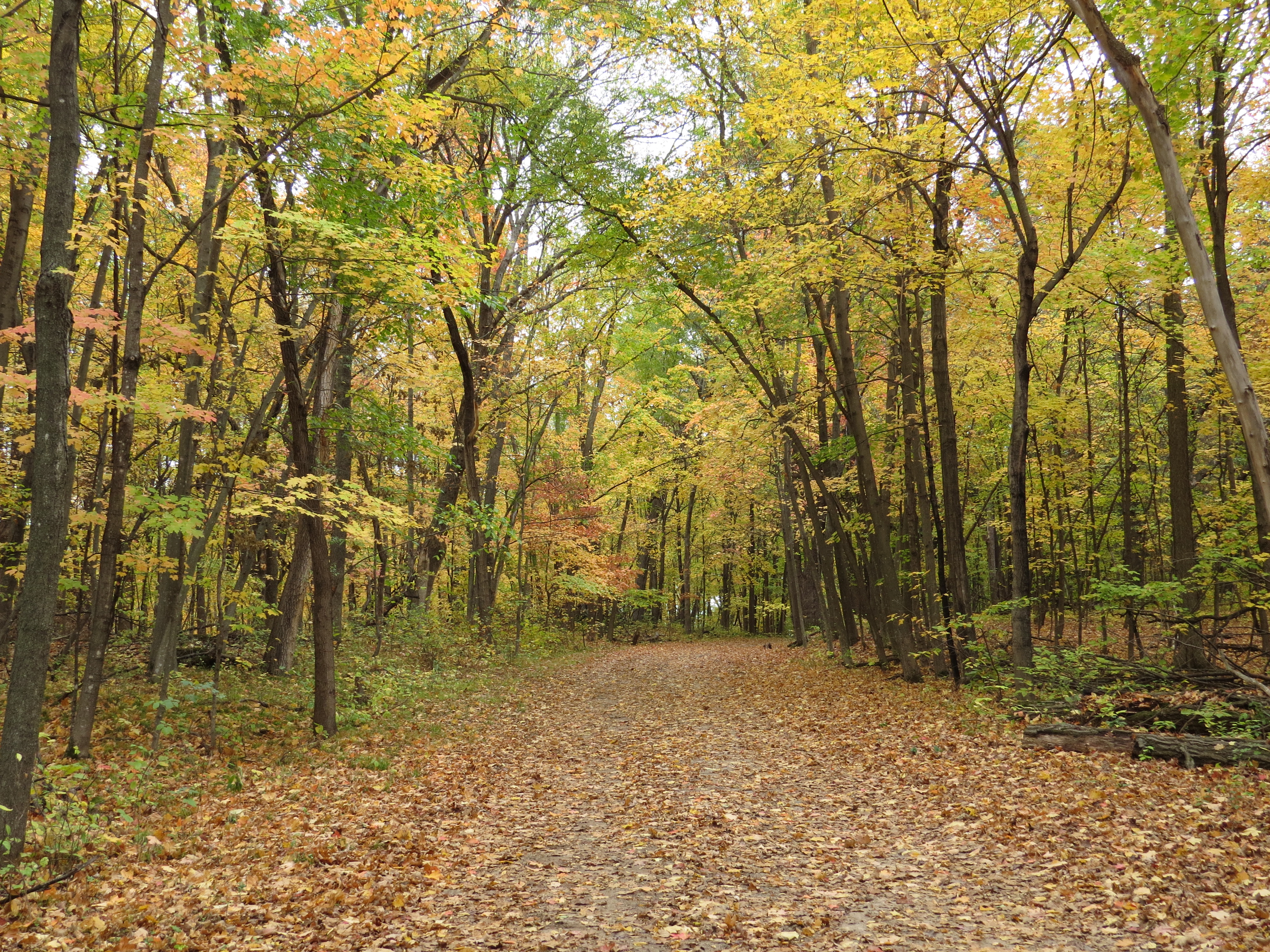
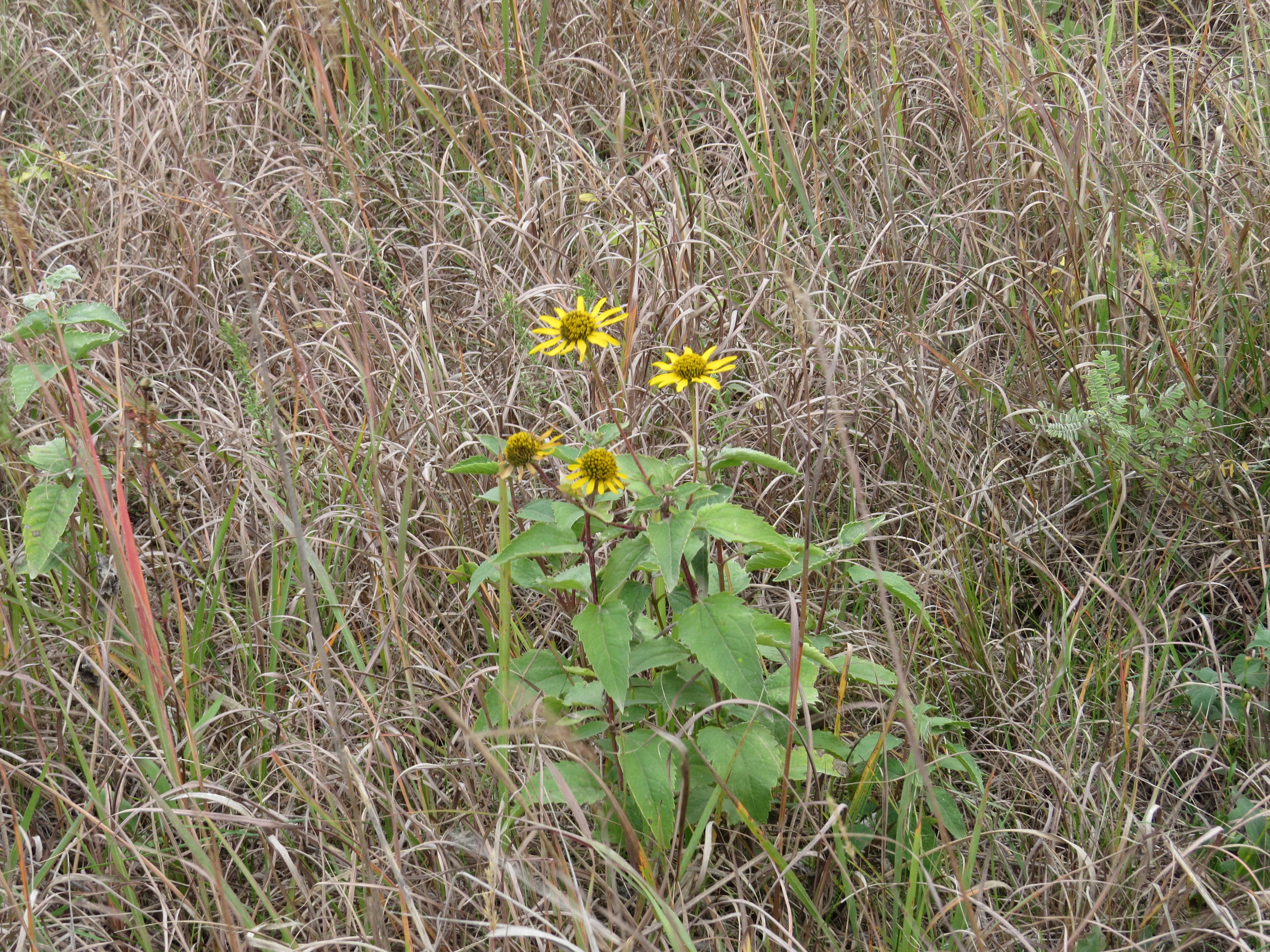
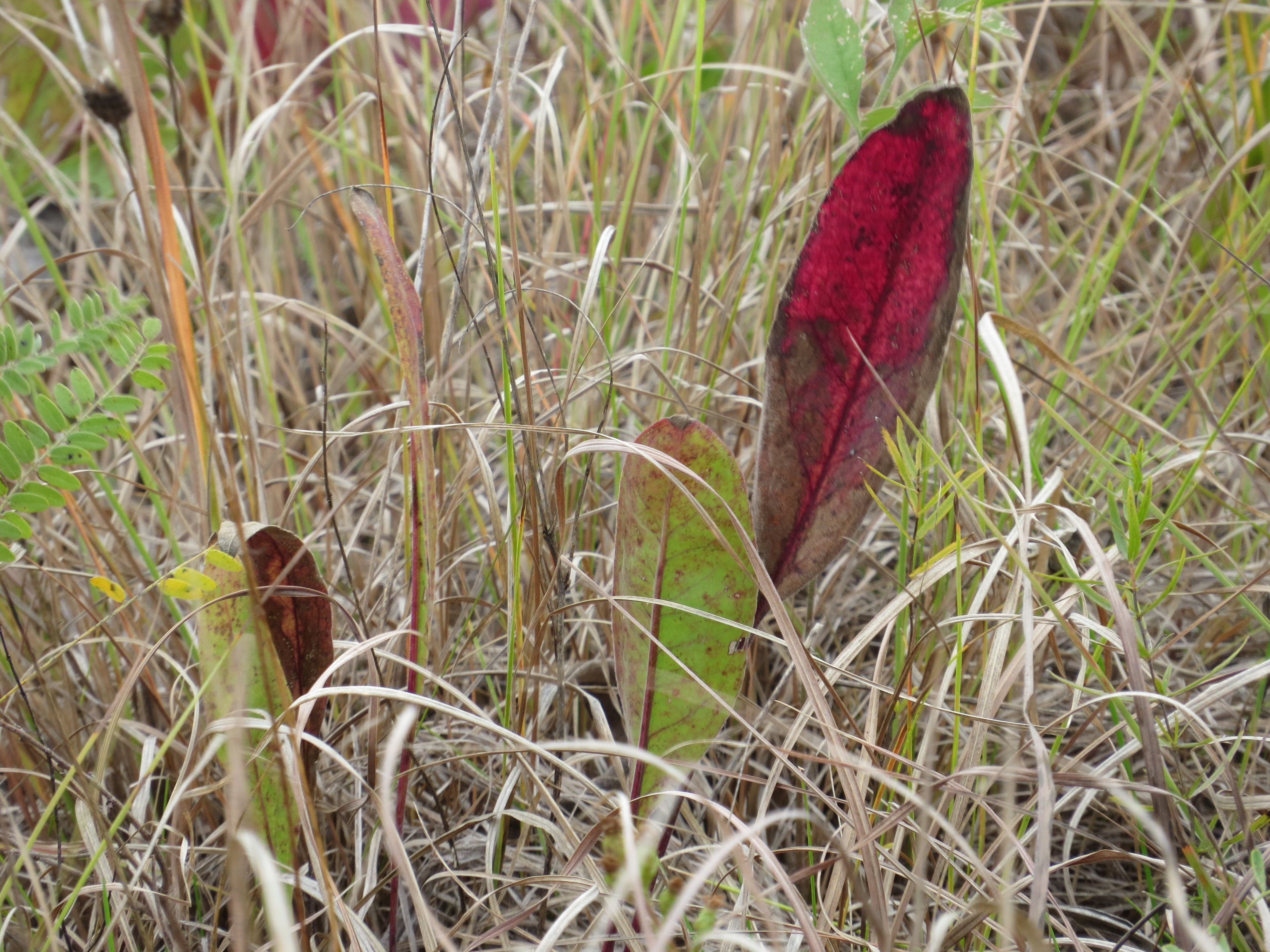
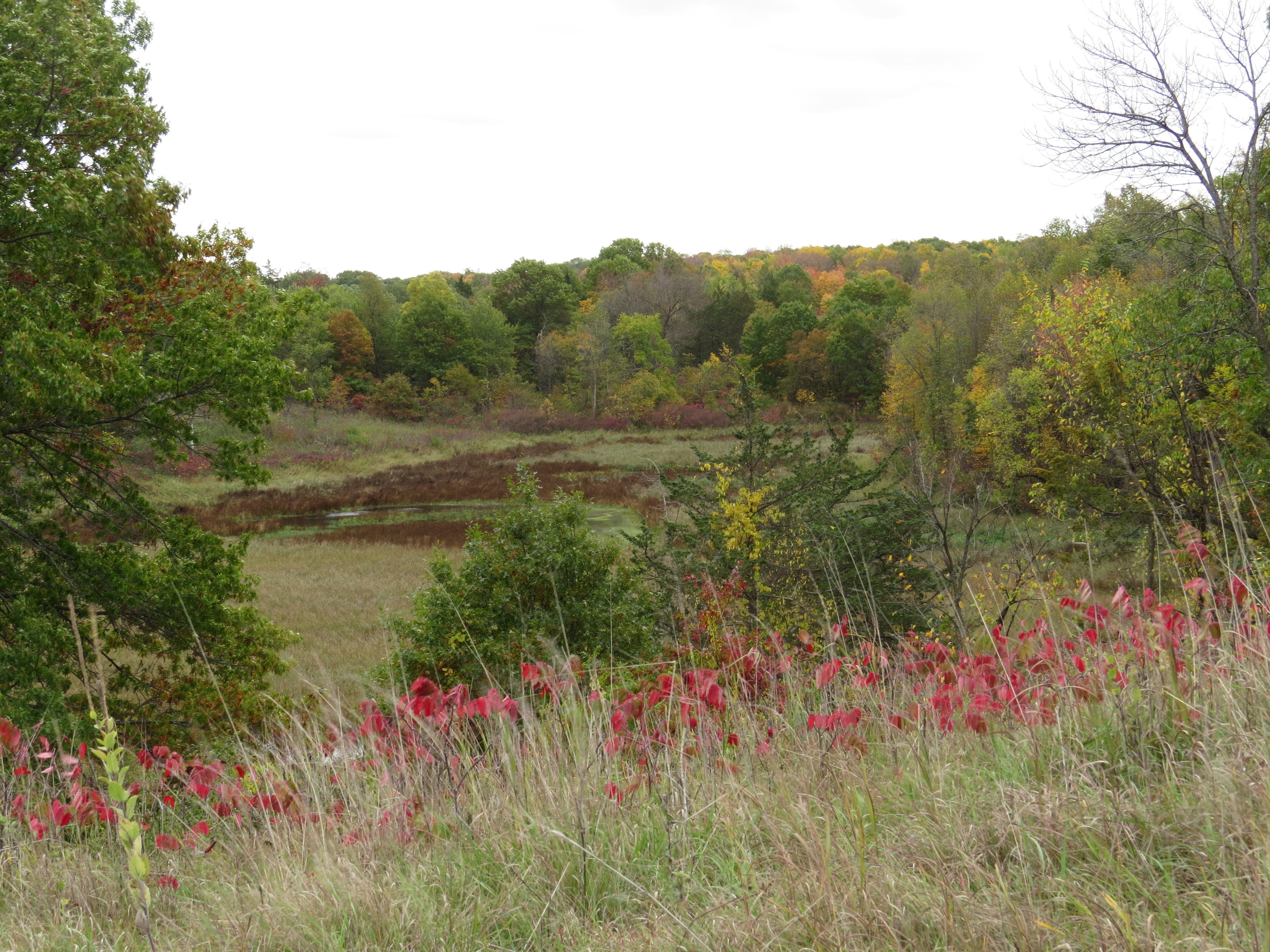
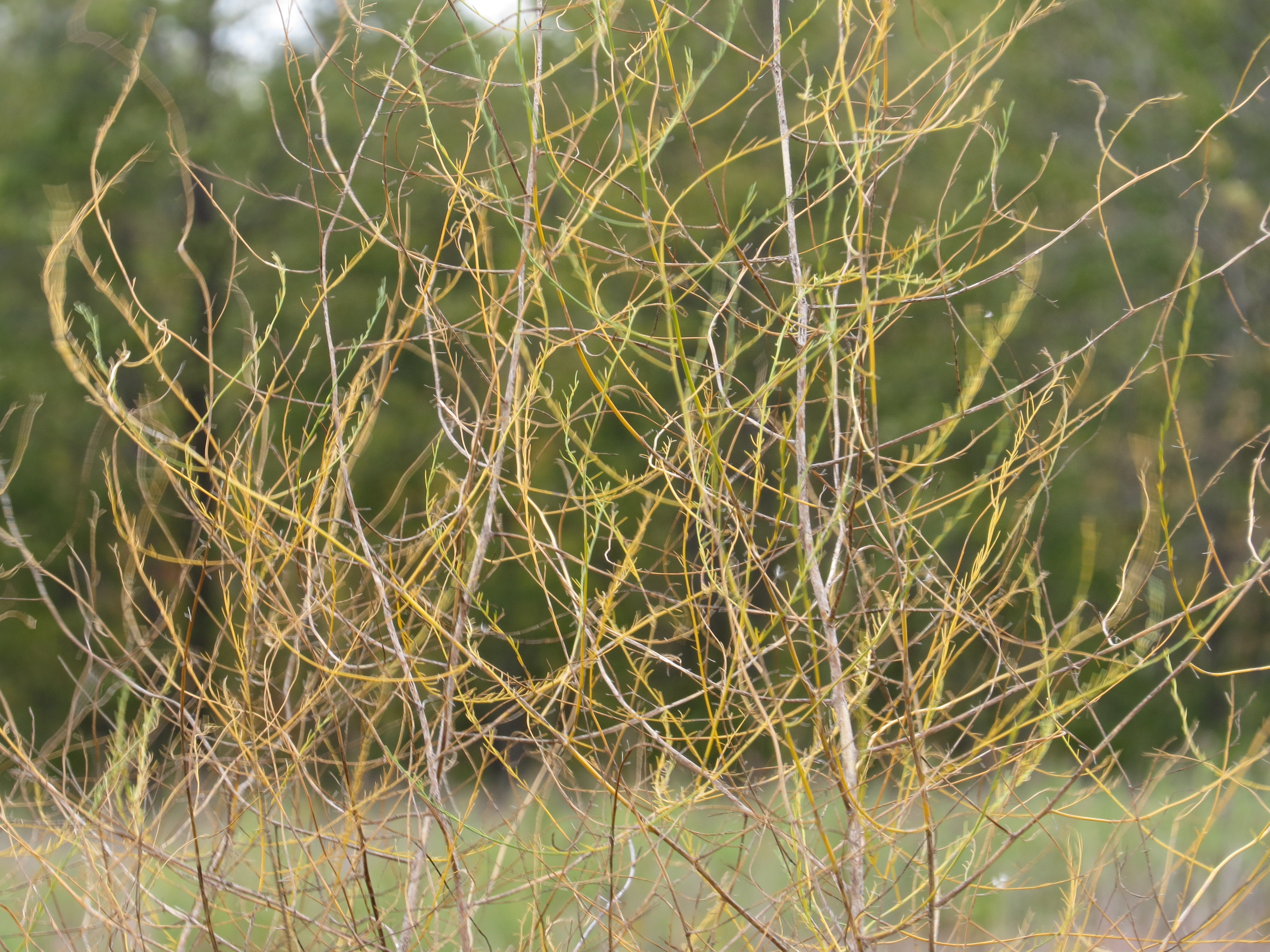
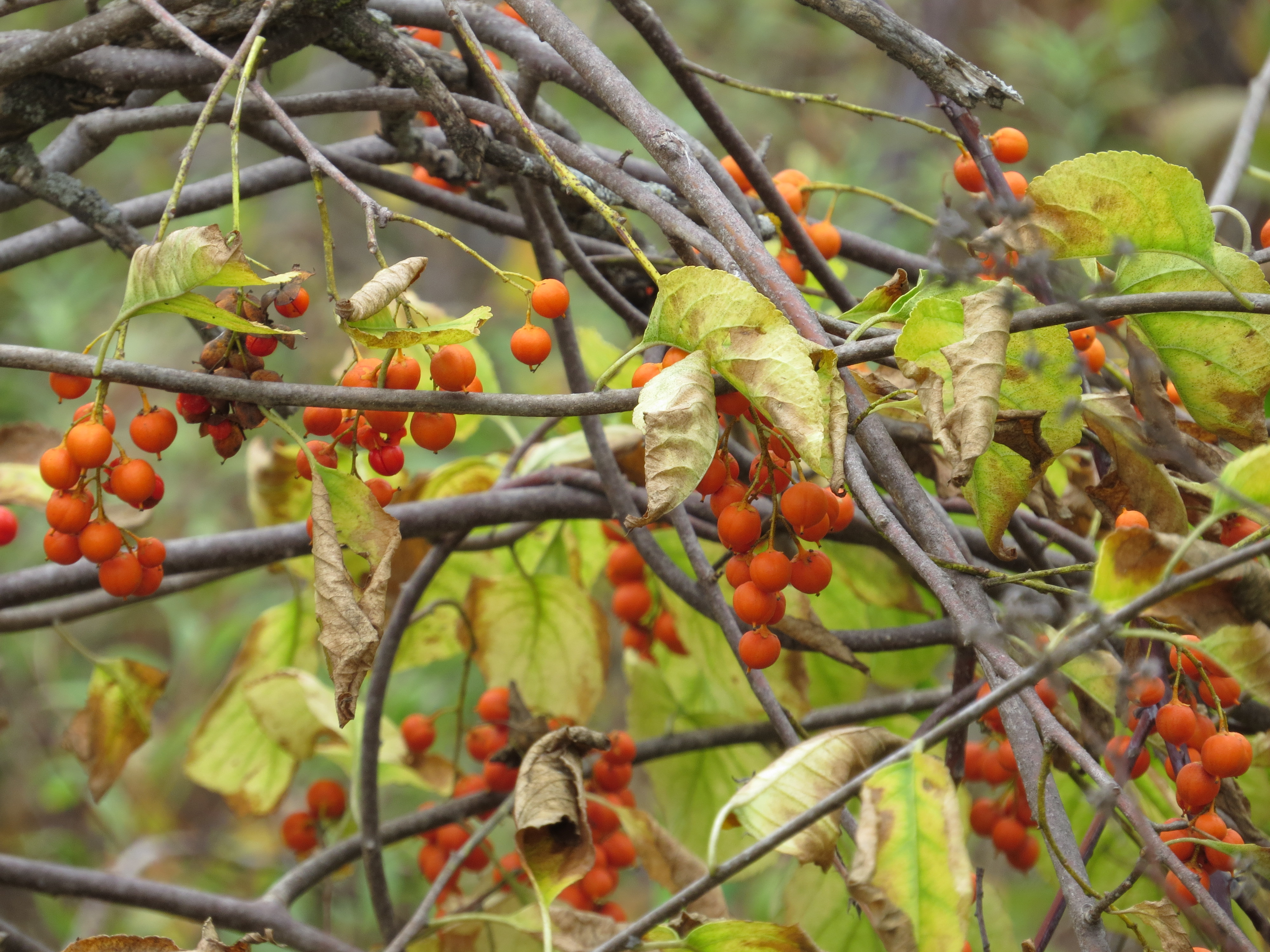
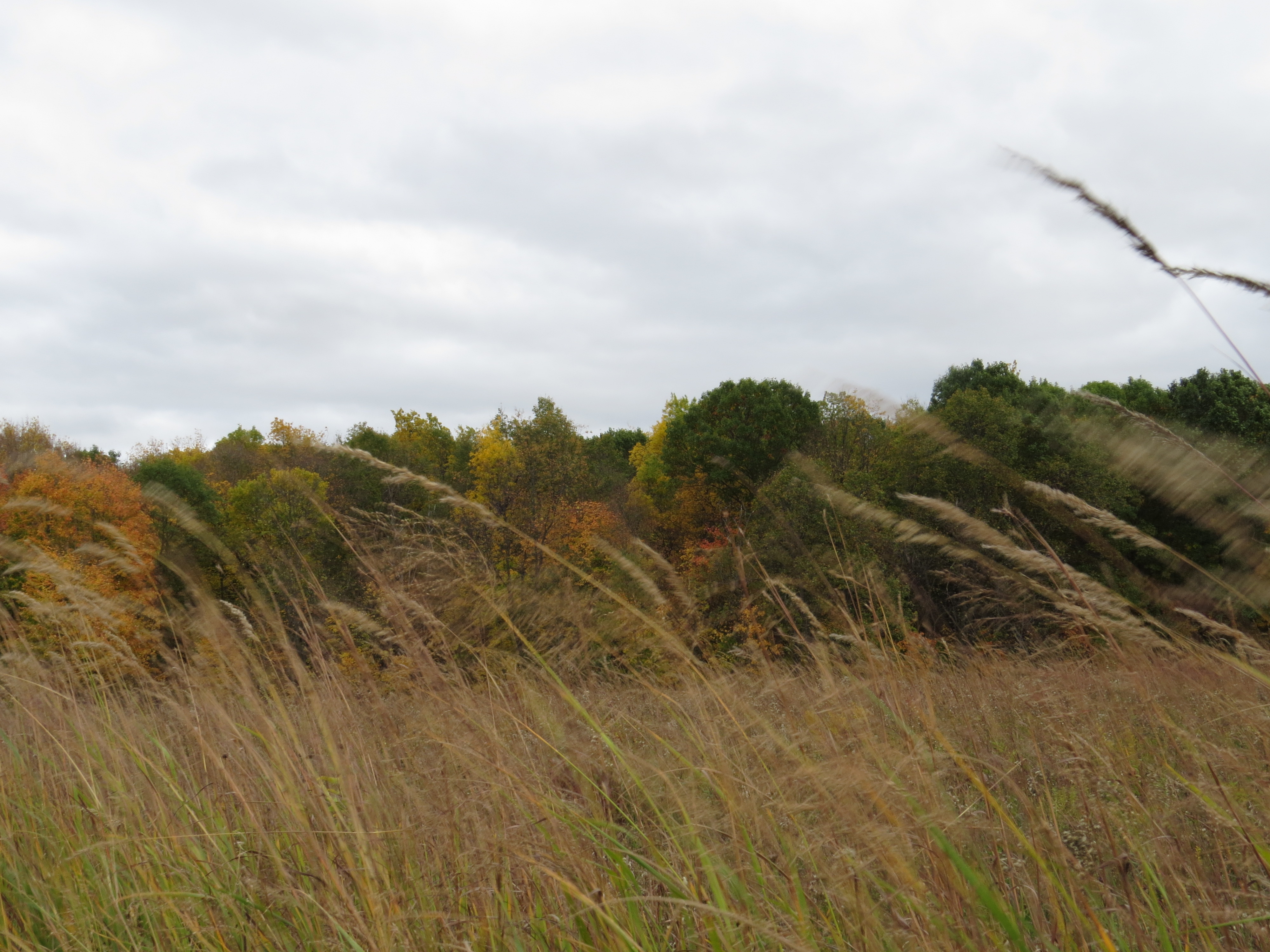
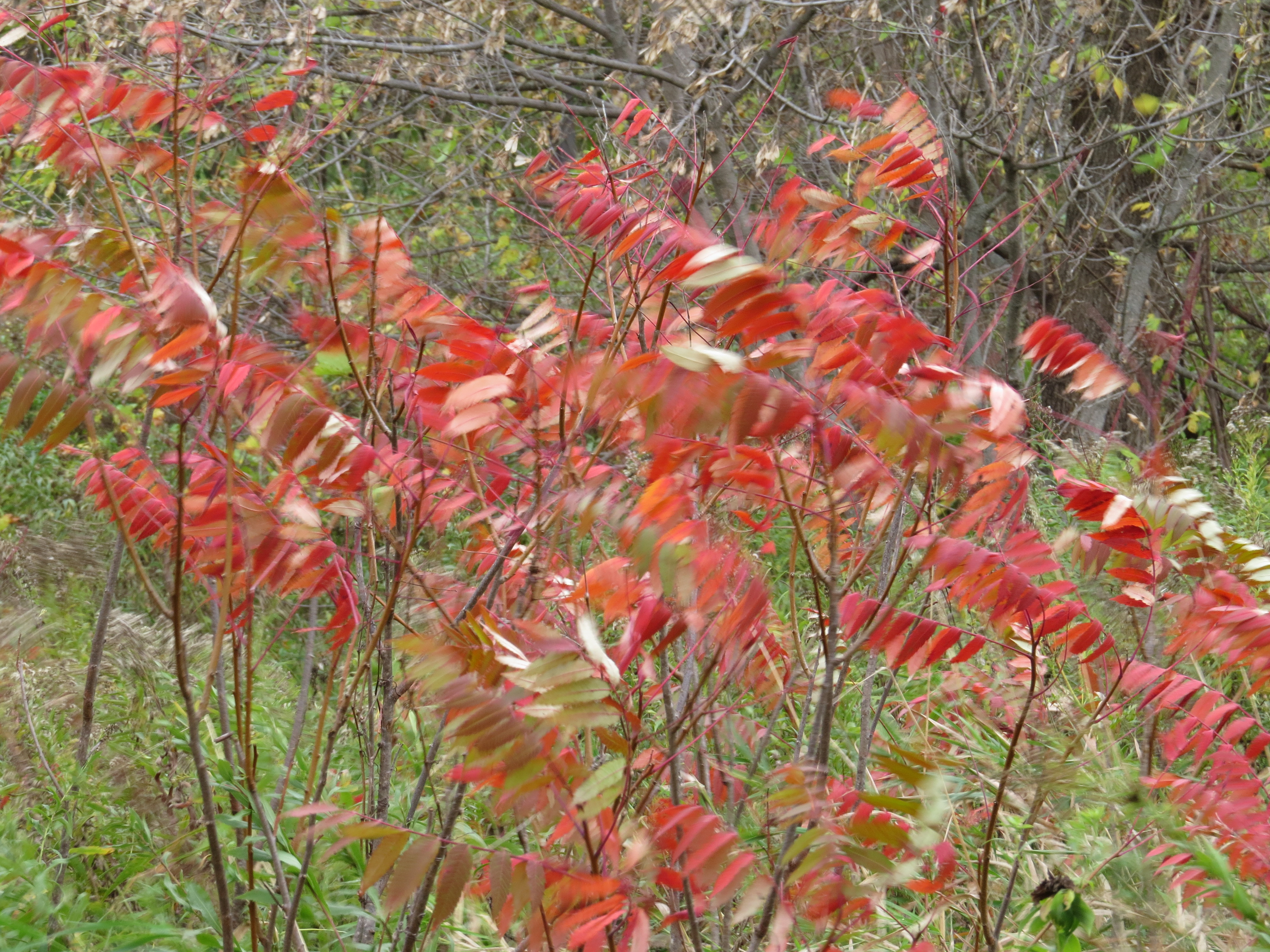
All healing happens from the inside out with the help of outside influences—an excellent surgeon and medical team, antibiotic drugs to prevent infection, pain management to allow for comfort and rest, wholesome, nutritious food for needed building blocks for repair, walking for blood circulation and strength, and sleep and rest when our cells can kick into high gear to repair and restore. Healing—the process of making or becoming sound, whole, or healthy again. I want to reiterate the profound amazingness of our bodies’ ability to heal—how responsive the healing mechanism is, how many systems work together to initiate and carry out ‘the work’ of healing, and how the goal of the systems and spirit of our bodies is to return to homeostasis, to balance. As amazing as the physiological repair process is in our bodies, a similar process takes place in our minds, hearts, and spirits to repair wounds of trauma and grief. The language is the same for both—wound, repair, pain, trauma, health, wholeness, wellness, and healing. Healing our hearts, minds, and spirits happens from the inside out also, with the help of outside influences—animals, Nature, therapists, friends, partners, community support, sometimes medication, and once again rest. So welcome Autumn. Welcome the quiet dormancy that Winter brings. Welcome rest…and restoration.
